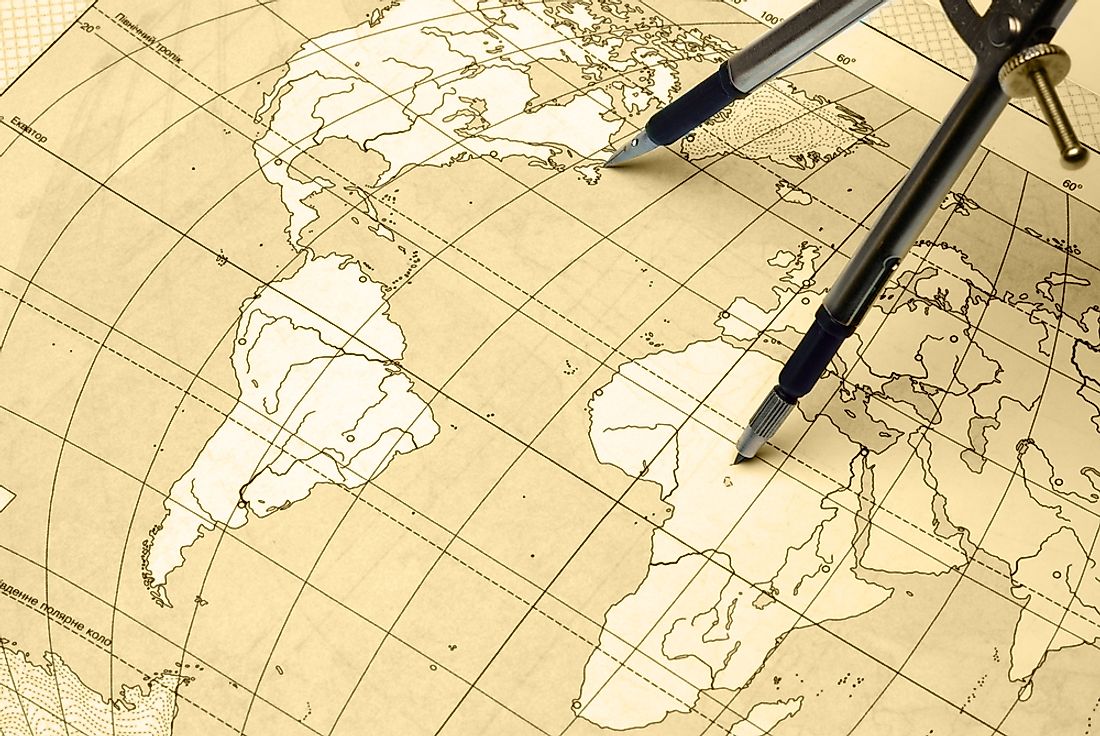What is the North-South Divide?

The North-South Divide is a socio-economic and political categorization of countries. The Cold-War-era generalization places countries in two distinct groups; The North and the South. The North is comprised of all First World countries and most Second World countries while the South is comprised of Third World countries. This categorization ignores the geographic position of countries with some countries in the southern hemisphere such as Australia and New Zealand being labeled as part of the North.
History
The origin of dividing countries into the North-South Divide arose during the Cold War of the mid 20th century. During this time, countries were primarily categorized according to their alignment between the Russian East and the American West. Countries in the East like the Soviet Union and China which became classified as Second World countries. In the west, the United States and its allies were labelled as First World countries. This division left out many countries which were poorer than the First World and Second World countries. The poor countries were eventually labeled as Third World countries. This categorization was later abandoned after the Second World countries joined the First World countries. New criteria was established to categorize countries which was named the North-South Divide where First World countries were known as the North while Third World countries comprised the South.
The North (First World Countries)
The North of the Divide is comprised of countries which have developed economies and account for over 90% of all manufacturing industries in the world. Although these countries account for only one-quarter of the total global population, they control 80% of the total income earned around the world. All the members of the G8 come from the North as well as four permanent members of the UN Security Council. About 95% of the population in countries in The North have enough basic needs and have access to functioning education systems. Countries comprising the North include The United States, Canada, all countries in Western Europe, Australia, New Zealand as well as the developed countries in Asia such as Japan and South Korea.
The South (Third World Countries)
The South is comprised of countries with developing economies which were initially referred to as Third World countries during the Cold War. An important characteristic of countries in the South is the relatively low GDP and the high population. The Third World accounts for only a fifth of the globally earned income but accounts for over three-quarters of the global population. Another common characteristic of the countries in the South is the lack of basic amenities. As little as 5% of the population is able to access basic needs such as food and shelter. The economies of most countries in the South rely on imports from the North and have low technological penetration. The countries making up the South are mainly drawn from Africa, South America, and Asia with all African and South American countries being from the South. The only Asian countries not from the South are Japan and South Korea.
Criticism
The North-South Divide is criticized for being a way of segregating people along economic lines and is seen as a factor of the widening gap between developed and developing economies. However, several measures have been put in place to contract the North-South Divide including the lobbying for international free trade and globalization. The United Nations has been in the forefront in diminishing the North-South Divide through policies highlighted in its Millennium Development Goals.







